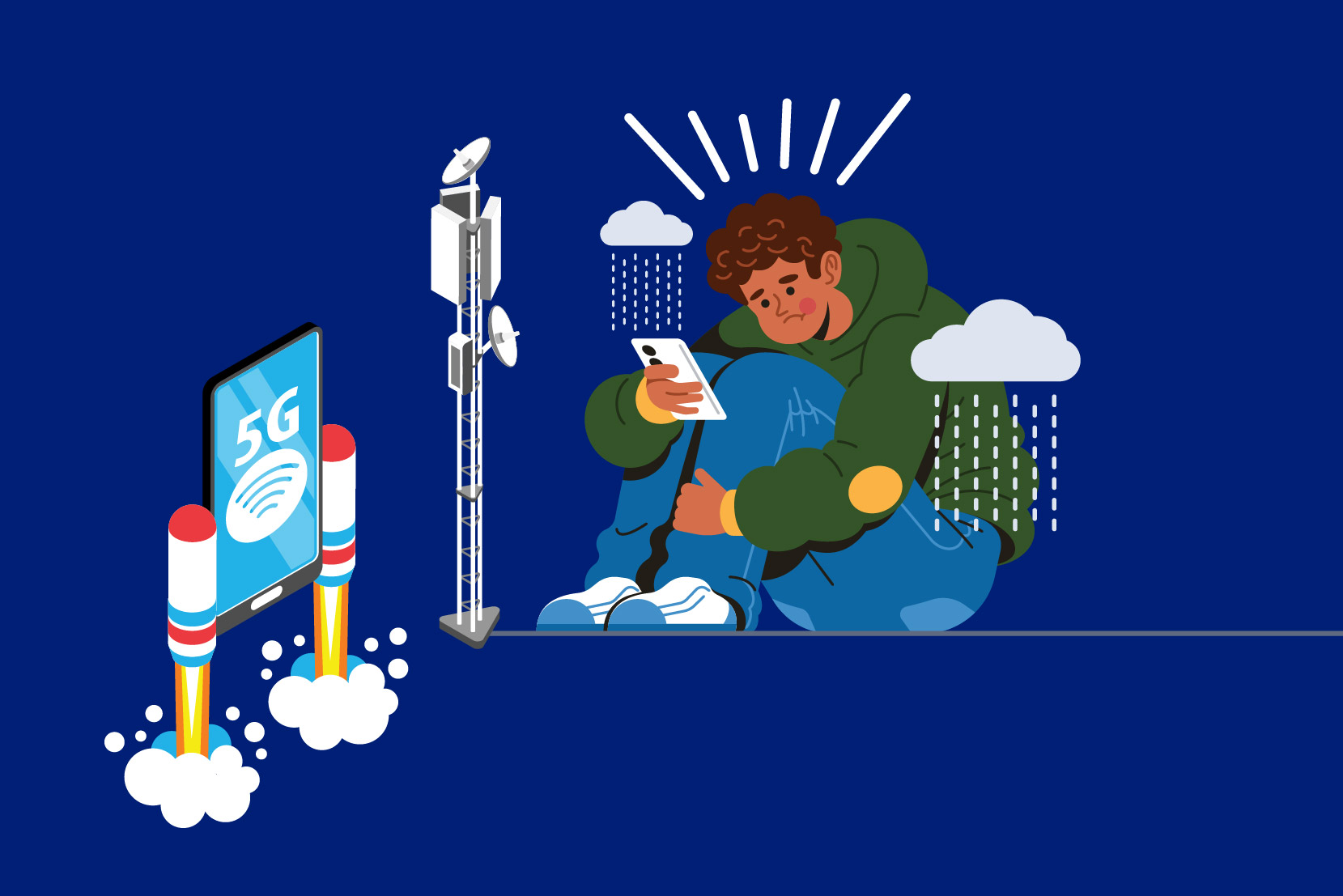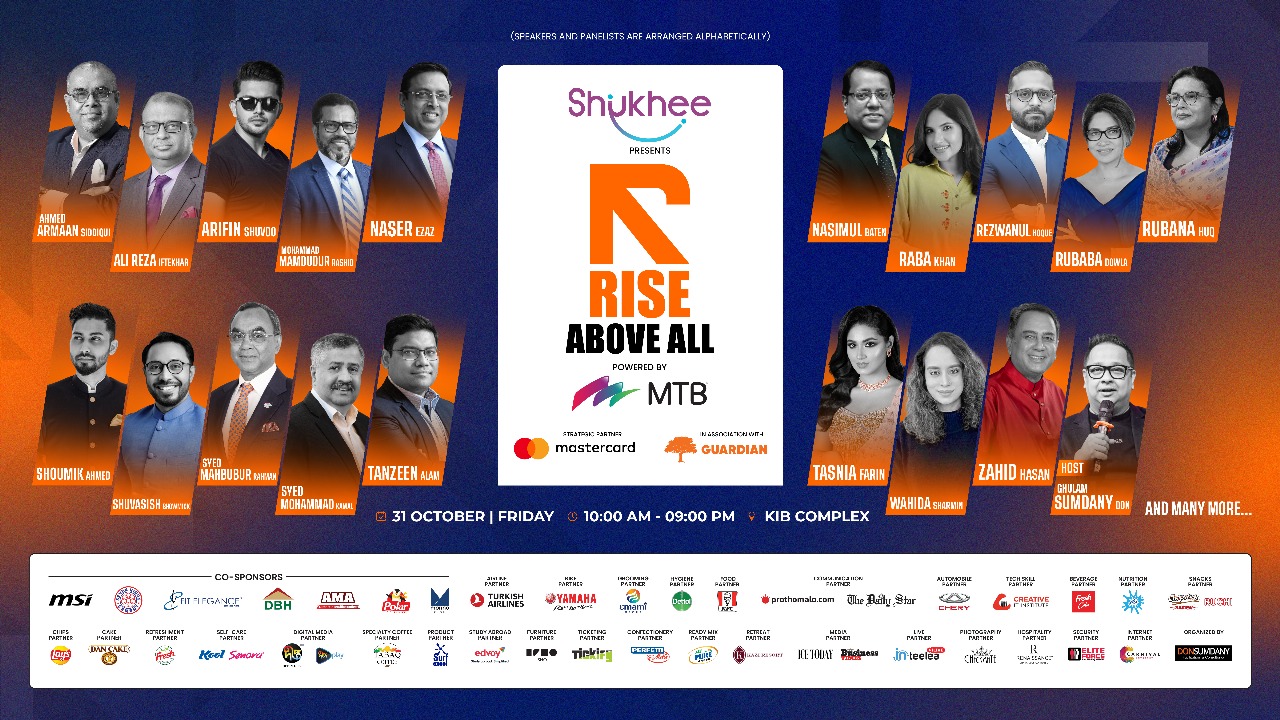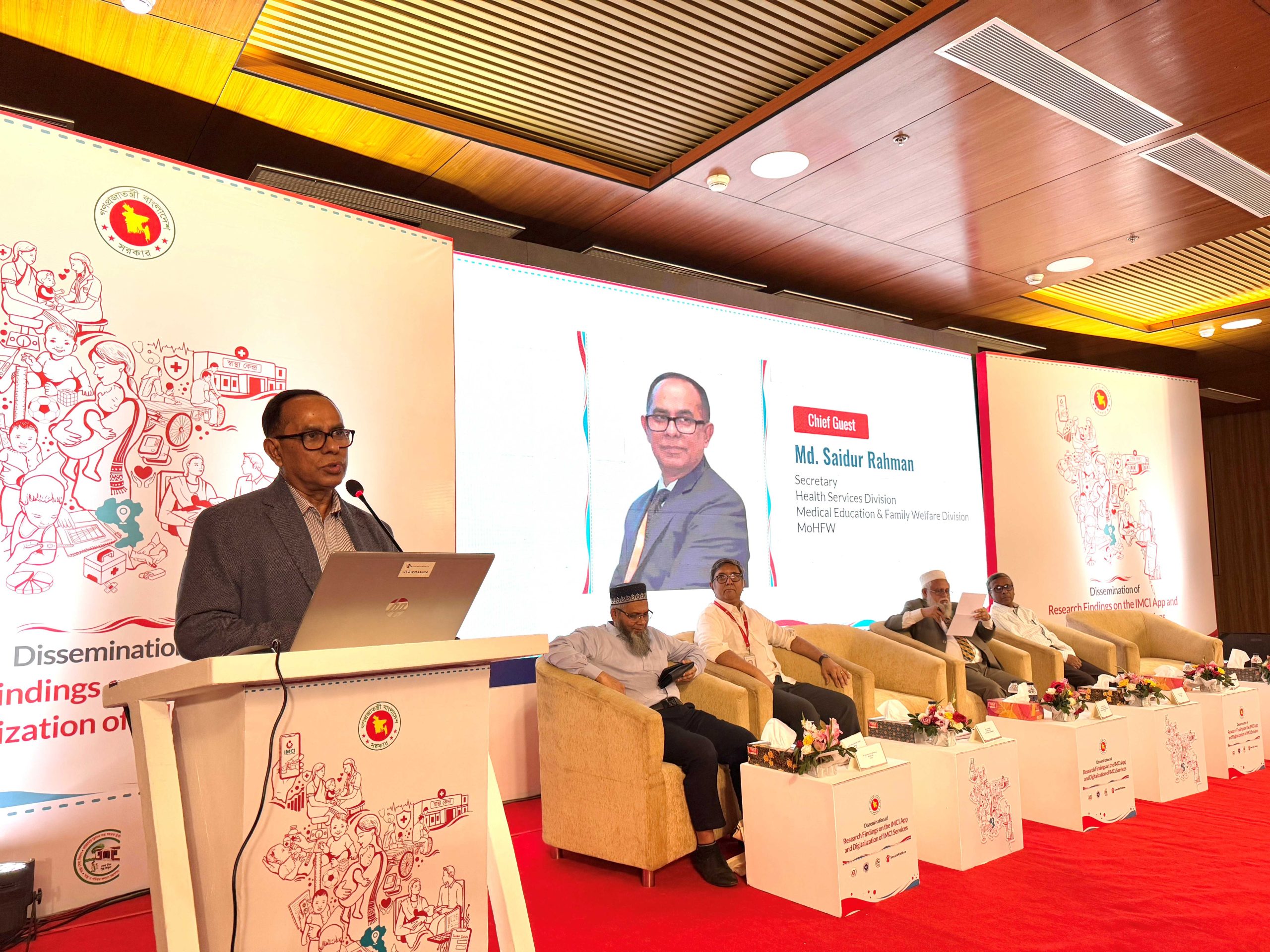A reflection on the overhyped but underdelivered promises of 5G and transformative technologies
In the years leading up to the global rollout of 5G, the tech industry was abuzz with excitement. 5G was heralded as the technology that would revolutionise communication, industry, and daily life through ultra-fast speeds, minimal latency, and the seamless integration of smart devices. But, years into its deployment, the reality of 5G has fallen short of these ambitious expectations.
Hype: Promises of a Revolution
From the start, 5G was marketed as a game-changer. Early promotional materials touted download speeds up to 100 times faster than 4G. 5G was expected to revolutionise industries. It was predicted that autonomous vehicles would communicate with one another in real-time to prevent accidents, telemedicine would allow surgeons to operate remotely, and factories would be transformed by IoT-enabled machines that could optimise production lines with little human intervention.
The deployment of 5G meant a significant competitive edge for countries leading the charge. Governments and businesses alike hoped 5G would become the backbone of the next era of technological growth, driving innovation across multiple sectors.
Reality: A Slower Rollout and Unmet Expectations
While 5G has brought faster speeds, the reality has been much more incremental than revolutionary for most users. One of the key challenges has been the uneven nature of 5G deployment. Rolling out 5G requires substantial infrastructure investment, especially for the promised millimetre-wave 5G, which provides ultra-fast speeds but has a limited range. This requires installing numerous small cell antennas across cities, making widespread coverage expensive and time-consuming.
For most consumers, the 5G they experience is low-band or mid-band 5G, which is only moderately faster than 4G. The result has been patchy coverage, especially outside urban centres, with far fewer areas offering true high-speed 5G.
For most consumers, the 5G they experience is low-band or mid-band 5G, which is only moderately faster than 4G.
Disappointment: The Gap Between Expectations and Reality
For the average consumer, the leap from 4G to 5G has been underwhelming. When 4G arrived, it enabled new capabilities, creating a noticeable improvement in daily life. By contrast, 5G has delivered marginally faster speeds but not the transformative experience many expected. Additionally, many of the groundbreaking applications of 5G, such as autonomous vehicles and smart cities, remain in the experimental phase. The technologies required to make those visions a reality are still developing, meaning that consumers’ expectations for 5G’s immediate impact have not been met. As a result, many consumers feel that the 5G ‘revolution’ has been oversold.
Adaptation: Waiting for the Breakthrough
On the business side, 5G was supposed to revolutionise industries like manufacturing, logistics, and healthcare. The Industrial Internet of Things (IIoT) was projected to allow factories to automate and optimise processes with unprecedented efficiency, while telemedicine was expected to allow doctors to consult and even perform surgeries remotely. However, the adoption of 5G in these industries has been slower than anticipated.
The high cost of infrastructure and the lack of clear, proven business cases have slowed the widespread deployment of 5G in sectors that could benefit from it most. Many businesses are still waiting for the ‘killer app’ that will demonstrate the true value of 5G. Until such cases become commonplace, companies may be hesitant to invest heavily in an unproven technology.
Lessons: Managing Expectations in Technology Rollouts
In retrospect, the rollout of 5G offers a cautionary tale about the dangers of overhyping technology. The disconnect between the promises made and the current state of 5G has led to mistrust among consumers, businesses, and telecommunications companies.
The early excitement around 5G created a sense of urgency, but it also set the bar too high and led consumers to believe in unrealistic expectations of improvement. The grand vision of autonomy and instant connectivity may still be on the horizon but requires incredible patience. Moreover, building a global 5G network involves significant investment, coordination, and technological innovation. The lessons learnt from 5G might shape the rollout of future technologies like 6G. When showcased with gradual improvements and realistic timelines, consumer trust can be rebuilt.
The 5G Reality Check
The 5G rollout has not failed, but it has also not lived up to the dramatic promises that accompanied its launch. As the industry moves forward, the key lesson from 5G is the importance of managing expectations. The gap between what was promised and what has been delivered serves as a reminder that technological revolutions often take years, if not decades, to fully materialise. Going forward, the industry must strike a balance between ambition and reality to build trust and ensure that the next big innovation doesn’t fall short of expectations.















